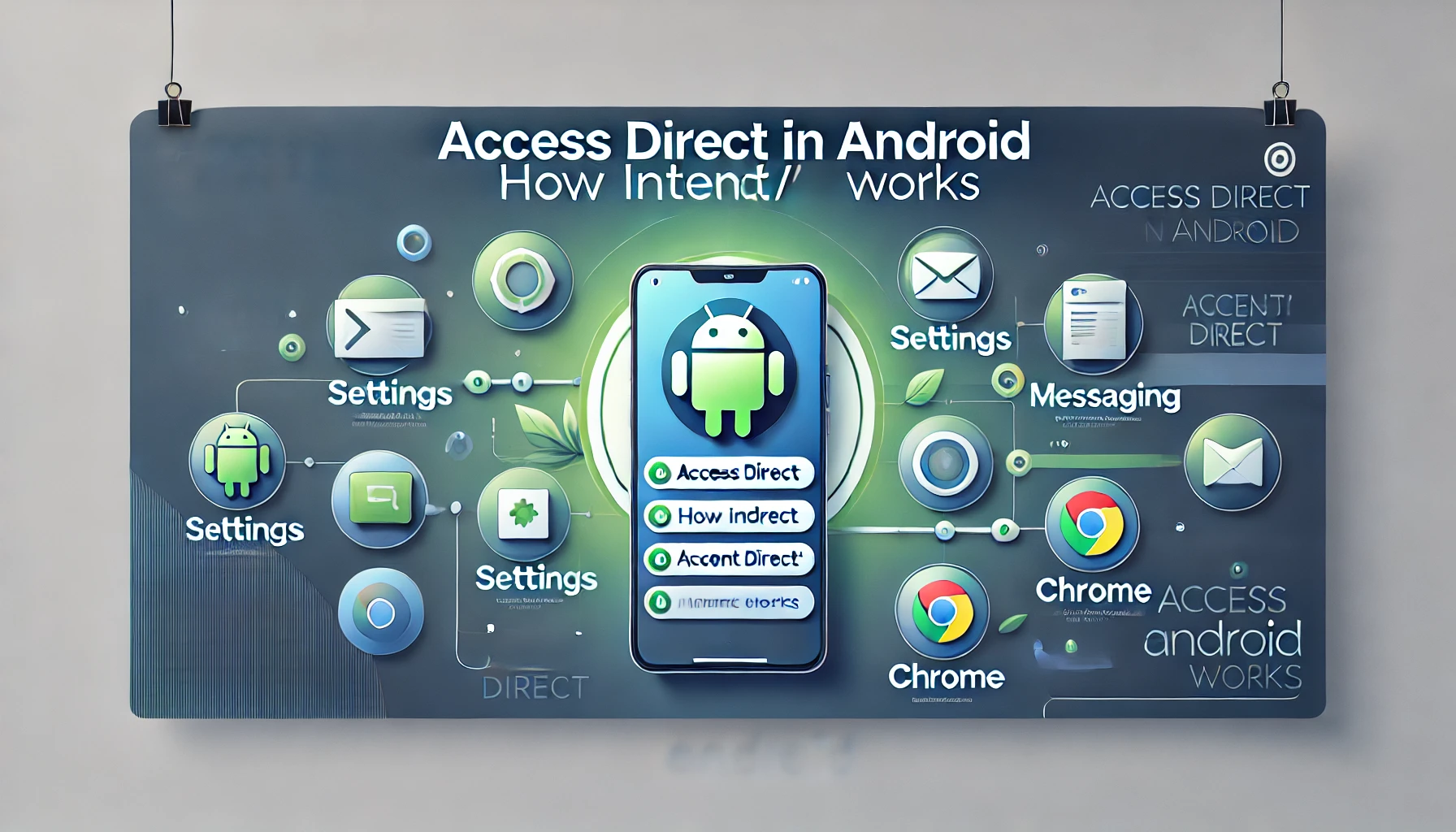Rooting your Motorola device allows you to unlock advanced features, customize your phone to suit your needs, and access system-level modifications. However, many users think that rooting requires a custom recovery like TWRP, which is not always available for every Motorola model.
This guide explains how to root a Motorola device without using TWRP by utilizing fastboot commands and Magisk, a widely used rooting tool.
Disclaimer: This article is for educational purposes only. Rooting your device comes with risks, such as voiding the warranty or causing software malfunctions. Proceed only if you fully understand the process and its consequences. We do not promote or encourage illegal activities or unauthorized modifications.
What Is Rooting?
Rooting grants administrative privileges (or «superuser» access) to your device. With root access, you can:
- Remove unwanted pre-installed apps.
- Install custom ROMs and kernels.
- Enhance performance by tweaking system files.
However, rooting is not without risks:
- Warranty Void: Most manufacturers, including Motorola, void the warranty on rooted devices.
- Bricking Risk: A failed rooting attempt can render your device inoperable.
- Security Risks: Rooting removes certain security layers, exposing your phone to potential vulnerabilities.
Why Root Without TWRP?
TWRP (Team Win Recovery Project) is a custom recovery commonly used for rooting, but it has limitations:
- Availability: Some Motorola models don’t have a compatible TWRP version.
- Complexity: Installing TWRP requires unlocking the bootloader and flashing additional files, which can be intimidating for beginners.
- Simpler Alternatives: Using fastboot and Magisk is a reliable alternative that works without requiring TWRP.
What You’ll Need
Before starting, gather the necessary tools:
- A Windows PC or Mac: Rooting requires running commands on a computer.
- USB Cable: Use the original Motorola cable to ensure stability.
- Motorola USB Drivers: Download the latest drivers from the Motorola Drivers.
- ADB and Fastboot Tools: Install Google’s official SDK Platform Tools.
- Boot.img File: Extract the stock firmware for your device and locate the
boot.imgfile. - Magisk Manager: Download the latest Magisk Manager APK from its official GitHub repository.
Step-by-Step Guide to Root a Motorola Device Without TWRP
Step 1: Unlock the Bootloader
To perform any system modifications, you must unlock your device’s bootloader.
- Enable Developer Options:
- Go to Settings > About Phone and tap Build Number 7 times.
- Enable OEM Unlocking:
- Go to Settings > Developer Options and toggle OEM Unlocking.
- Boot Into Fastboot Mode:
- Power off your device, then press and hold Volume Down + Power simultaneously.
- Connect to Your PC:
- Use a USB cable to connect your Motorola device to your computer.
- Unlock the Bootloader:
- Open a command prompt or terminal and type:bashCopiar código
fastboot oem get_unlock_data - Copy the unlock string and submit it to Motorola’s Unlock Page to obtain an unlock key.
- Use the unlock key to run:bashCopiar código
fastboot oem unlock <unlock_key>
- Open a command prompt or terminal and type:bashCopiar código
Warning: Unlocking the bootloader will erase all data on your device. Make sure to back up important files before proceeding.
Step 2: Extract and Patch the Boot.img File
- Download Stock Firmware:
- Visit trusted sources like XDA Developers or official repositories like Mirrors.lolinet.
- Extract the Boot.img File:
- Locate the
boot.imgfile in the extracted firmware.
- Locate the
- Patch with Magisk:
- Transfer the
boot.imgfile to your device. - Open Magisk Manager, select Install > Select and Patch a File, and choose
boot.img. - Magisk will create a patched file named
magisk_patched.imgin your Downloads folder.
- Transfer the
Step 3: Flash the Patched Boot.img File
- Transfer the Patched File to Your PC:
- Copy
magisk_patched.imgback to your computer.
- Copy
- Boot Into Fastboot Mode:
- Use Volume Down + Power to enter fastboot mode again.
- Flash the Patched File:
- Run the following command:bashCopiar código
fastboot flash boot magisk_patched.img
- Run the following command:bashCopiar código
- Reboot Your Device:
- Once the flashing process completes, reboot your phone:bashCopiar código
fastboot reboot
- Once the flashing process completes, reboot your phone:bashCopiar código
Step 4: Verify Root Access
- Install Magisk Manager:
- After rebooting, open Magisk Manager to verify root access.
- Use a Root Checker App:
- Download a root checker app from the Play Store to confirm root status.
Important Notes
- Backup Your Data:
- Unlocking the bootloader wipes your device, so back up your important data beforehand.
- Use Official Tools:
- Only use trusted sources to download firmware and rooting tools.
- Understand the Risks:
- Rooting removes security features and may leave your device vulnerable.
FAQs
1. Can I Root Without Unlocking the Bootloader?
No, unlocking the bootloader is mandatory to modify the system.
2. Is Rooting Reversible?
Yes, you can unroot your device by flashing the stock firmware.
3. Will Rooting Disable OTA Updates?
Yes, OTA (over-the-air) updates are typically disabled after rooting.
4. Is Rooting Safe Without TWRP?
Yes, using fastboot and Magisk is safe if you follow instructions carefully.
Security and Compliance with AdSense
To ensure this article complies with AdSense:
- Educational Focus:
- The article explains the process with an educational purpose and does not promote illegal or harmful activities.
- Warnings and Disclaimers:
- Clear warnings about risks, including warranty voiding and security vulnerabilities.
- Trusted Tools:
- Recommends using official tools and links to reputable sources like Motorola and GitHub.
Conclusion
Rooting a Motorola device without TWRP is possible and relatively simple when you use fastboot and Magisk. This method eliminates the need for a custom recovery and works for devices that lack TWRP support.
Always ensure you understand the risks and back up your data before proceeding. Rooting can unlock your device’s full potential, but it requires careful execution to avoid issues.
If you have questions or encounter problems, consult forums like XDA Developers or leave a comment for assistance.



